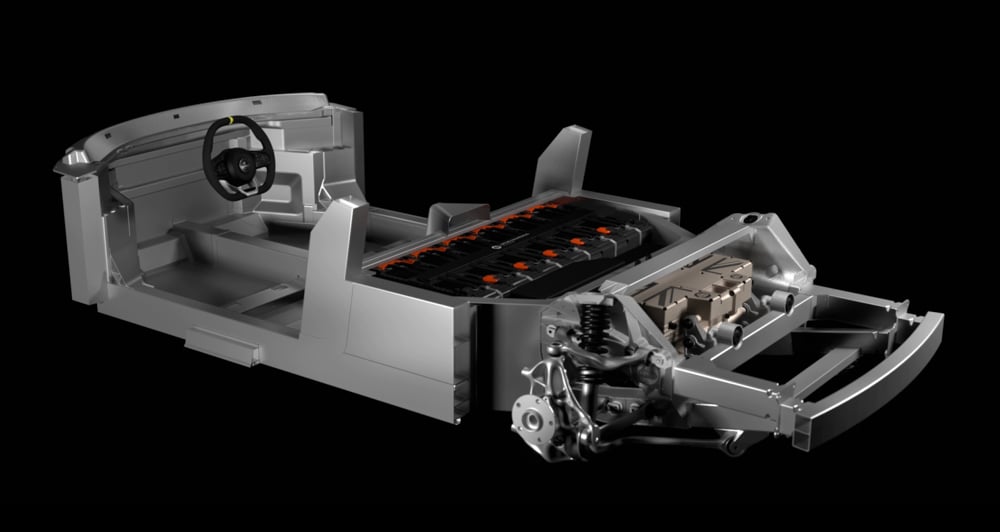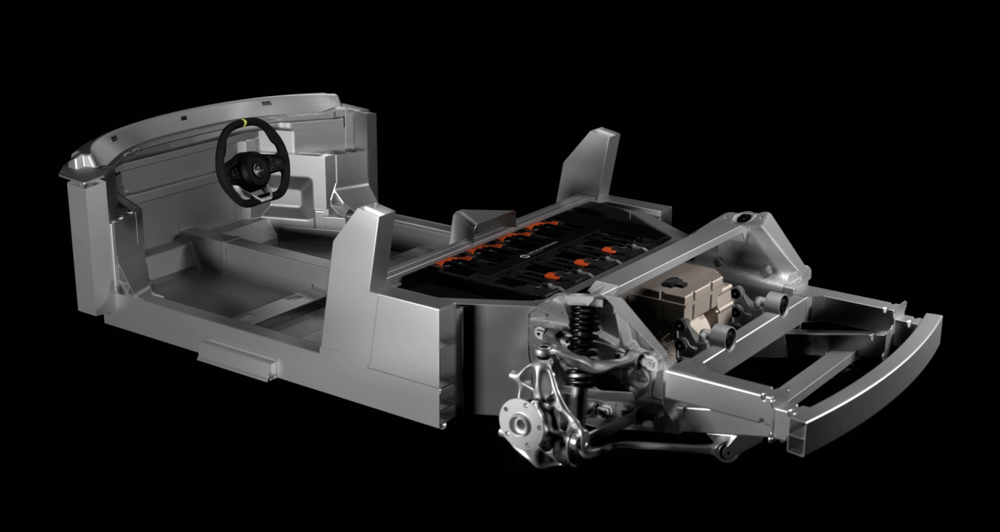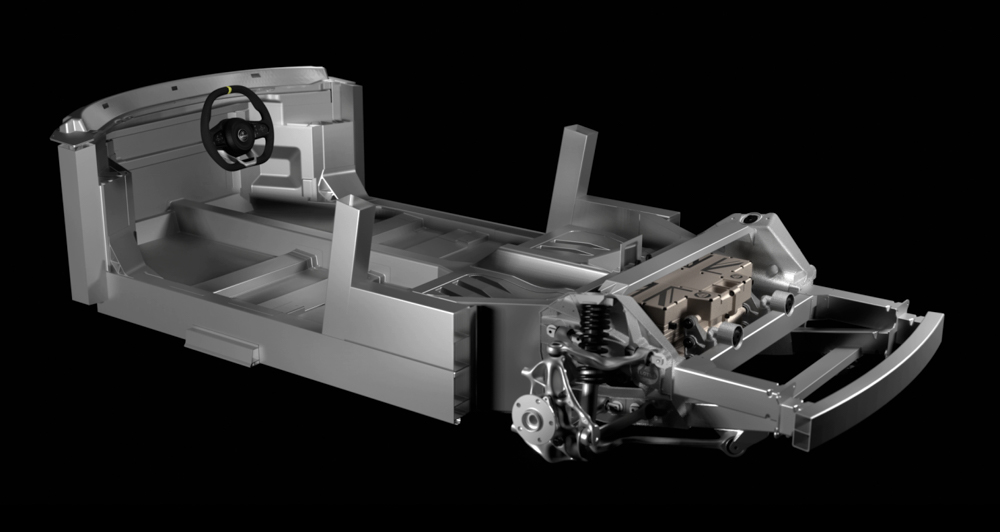
Lotus is a manufacturer famously known for producing excellent lightweight sports cars. Electric vehicles, on the contrary, aren’t exactly lightweight—usually because of the added bulk of the batteries needed to power the electric motors.
Seeing how the brand will embrace an entirely electrified product line, it’s only right that a modular EV platform that caters to the philosophy of “simplify, then add lightness” exists. Sure, there’s the Evija, but it’s seen as a one-off, high-performance model that may not be a suitable base for future vehicles.

But the folks at Lotus have been hard at work since October of last year with Project LEVA (Lightweight Electric Vehicle Architecture), a research program to help accelerate the development of the company’s future architecture. The technology will be showcased to the public at the “Low Carbon Vehicle” event at the Millbrook Proving Ground in the UK on September 22-23.

Sticking true to its name, the Project LEVA frame has a rear structure that is 37% lighter than the one found on the Emira V6 (already a light car to begin with). It utilizes cylindrical battery cells with a higher energy density, along with advanced welding processes to reduce environmental impact during assembly and manufacturing.
It’s also modular, supporting various layouts, wheelbase lengths, and battery sizes. Lotus showed off three different applications of the two types of battery modules: “chest” and “slab.”
Eight-module chest battery
- Located behind the front seats
- Low ride height and center of gravity
- Minimum wheelbase of 2,470mm
- Capacity of 66.4kWh
- Maximum output of 469hp (single motor)
- Sports-car and supercar applications
Twelve-module chest battery
- Located behind the front seats
- Low ride height and center of gravity
- Wheelbase longer than 2,650mm
- Capacity of 99.6kWh
- Maximum output of 872hp (dual motors)
- Sports-car and supercar applications
Eight-module slab battery
- Located underneath the floor
- High ride height
- Wheelbase longer than 2,650mm
- Capacity of 66.4kWh
- Maximum output of 872hp (single or dual motors)
- Applications with more than two seats
This architectural “blueprint” will be used in future Lotus vehicles and third-party clients of the Lotus Engineering consultancy firm. Expect it to make an appearance in the first Lotus electric sports car scheduled to launch in 2026. Maybe we’ll eventually see high-performance Geely EVs (since the Chinese car company owns Lotus) using this platform.


0 Comments